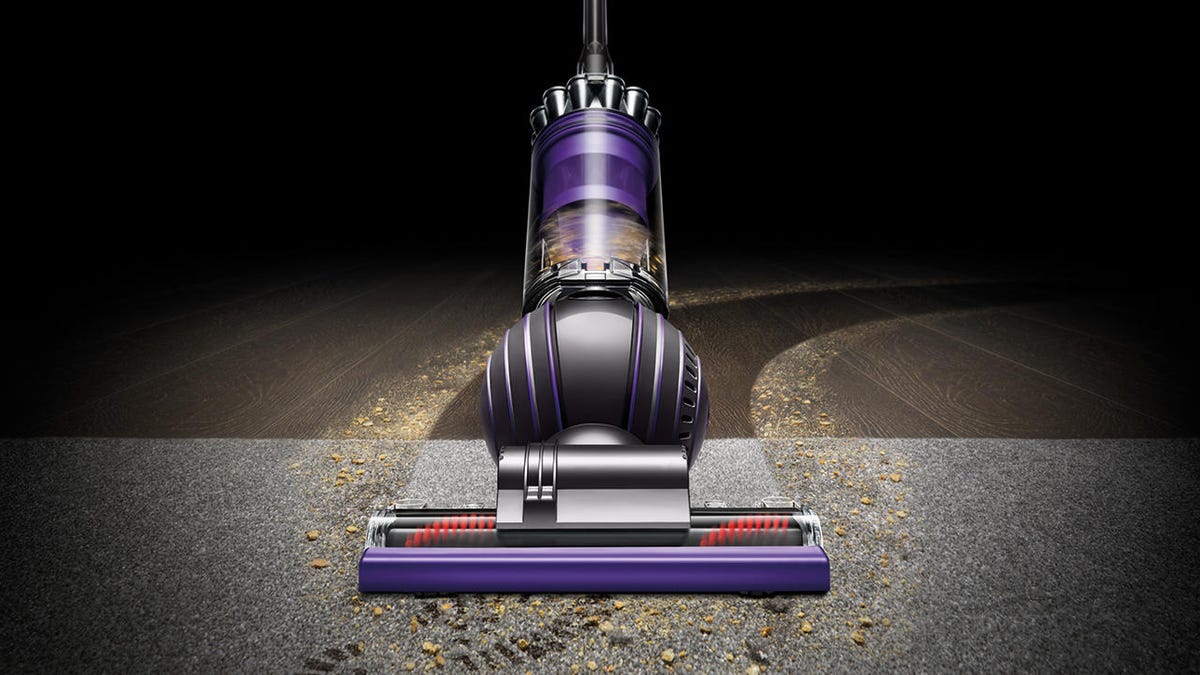Dyson promises electric car by 2020, should suck less than vacuums do
If it's priced like its vacuums, Dyson's electric car will cost $12 million and involve lots of vortices.

James Dyson and the company that bears his name has had an interest in helping solve vehicle-related pollution issues since 1990. This year, the company has finally confirmed that it will, in fact, build an electric car to help further its goals.
James Dyson announced Tuesday that his company will build a battery-electric vehicle and it should by ready by 2020. A 400-plus-person team comprising both Dyson engineers and engineers from the automotive industry is already hard at work on the car. In a statement, James Dyson said he's committed to investing £2 billion ($2.68 billion, directly converted) on the project.
However, if you're hoping for more information, place that hope elsewhere. "The project will grow quickly from here, but at this stage, we will not release any information," Dyson said in a statement. "Competition for new technology in the automotive industry is fierce, and we must do everything we can to keep the specifics of our car confidential."
Dyson's electric car will probably feature fewer nozzles than its hair dryers. Probably.
You probably know Dyson from its lineup of fans and vacuums that are, to put it lightly, expensive.
Dyson first dove into the automotive industry in March 1990, when it began work on a cyclone-style filter that could trap diesel exhaust particulates. Even with prototypes, nobody showed an interest in the tech, and it was summarily abandoned. But Mr. Dyson has remained interested in doing what he can to mitigate air pollution, and an electric car is a logical extension of that desire.
"Rather than filtering emissions at the exhaust pipe, today we have the ability to solve it at the source," Dyson said. "It is our obligation to offer a solution to the world's largest single environmental risk."

